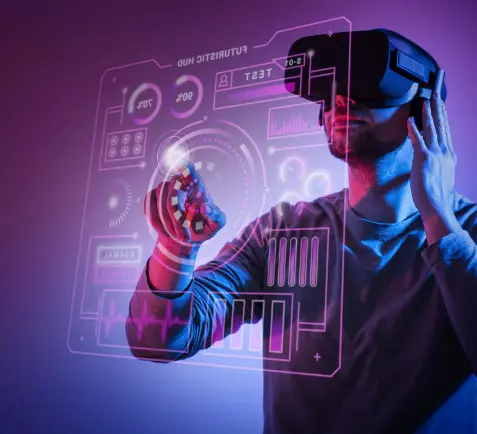Health and wellness are among the primary concerns of the modern customer. Today 70% of diseases are chronic and lifestyle based. With the deteriorating health standards everywhere, modern-day customers have taken their future into their own hands. Placing Environmental Sustainability and Wellness as the top 2 concerns for them in 2023.
Insurance companies have begun foraying into the Wellness platform space to help their customers, engage them, draw in more inbound leads, and improve their brand equity. There’s merit in staying one click away from the customer.
What is a Health Insurance Wellness Platform?
“Wellness Platforms” are digital tools that allow people to monitor and manage their health and wellness more efficiently. It has become an increasingly popular tool for health insurance companies to help their customers lead healthy lives. These platforms typically include various means, such as health trackers, health education materials, and access to health care professionals. They also often offer incentives to customers who reach specific health goals.
Benefits of Health Insurance Wellness Platforms
Health insurance wellness platforms are becoming increasingly popular as they offer a variety of benefits to health insurance subscribers.
- Improved health outcomes for patients due to better access to health information.
- Lower health care costs for insurance companies due to the ability to identify and manage risks more effectively.
- Increased engagement with customers through personalized health and wellness programs.
Different Types of Wellness Platforms
- Health Management Platforms
Health management platforms help individuals and organizations manage their health and wellness. These platforms provide users access to various tools and resources to help them track their health, set goals, and make lifestyle changes. They can also provide access to health coaches, nutritionists, and other health professionals to help users reach their goals. Additionally, many health management platforms offer incentives and rewards for users who achieve their goals, such as discounts on health insurance premiums or other bonuses.
Mantra Labs recently helped one of India’s largest general insurance companies integrate telemedicine solutions into their health and wellness platform. This integration helped the customers directly order medicines from their nearest pharmacy, manage prescriptions, and, search for the best promotional and subscription deals on their pharma needs.
- Health Education Platforms
Health education platforms provide users with educational materials and resources to help them better understand their health and make informed decisions about their health care. These platforms can give users access to health-related articles, videos, and other materials to help them learn more about their health and make informed decisions about their health care. Additionally, many health education platforms offer incentives and rewards for users who complete educational activities, such as discounts on health insurance premiums or other bonuses.
Companies such as Cult.Fit, Spotify, and Netflix have many health education content on their platforms. Partnering with such companies allows a health insurer to provide its customers access to world-class wellness content and improve overall engagements.
- Health Risk Assessments
Health risk assessments are an essential part of any health education platform. These assessments allow users to identify potential health risks and take steps to reduce them. By completing a health risk assessment, users can gain insight into their current health status and identify areas where they may need to make changes to improve their health. Health risk assessments can help insurance companies better understand their customers and provide them with tailored health plans and services.
ICICI Lombard provides a Vitals Screening test on its mobile app. This app allows users to instantly assess their vital stats. Recently Apple Watch launched its ECG and O2 features. As most apps integrate Apple Health Data easily, it becomes simpler for companies to understand and assess their customers’ lifestyles and health conditions.
The Advantages of Health Insurance Wellness Platforms
- Improved access to health information and tracking of health metrics.
- Ability to identify and manage risks more effectively.
- Increased engagement with customers through personalized health and wellness programs.
- Reduced health care costs for insurance companies.
- Improved health outcomes for patients.
Conclusion
Health insurance wellness platforms provide a variety of benefits to both individuals and insurance companies. They can improve access to health information, increase customer engagement, and help manage risks more effectively.
Eventually, they are not just a vital tool for improving health outcomes and reducing health care costs, they establish the health insurance company as an ally to the customer and help form a long-term relationship with them.
Knowledge thats worth delivered in your inbox




